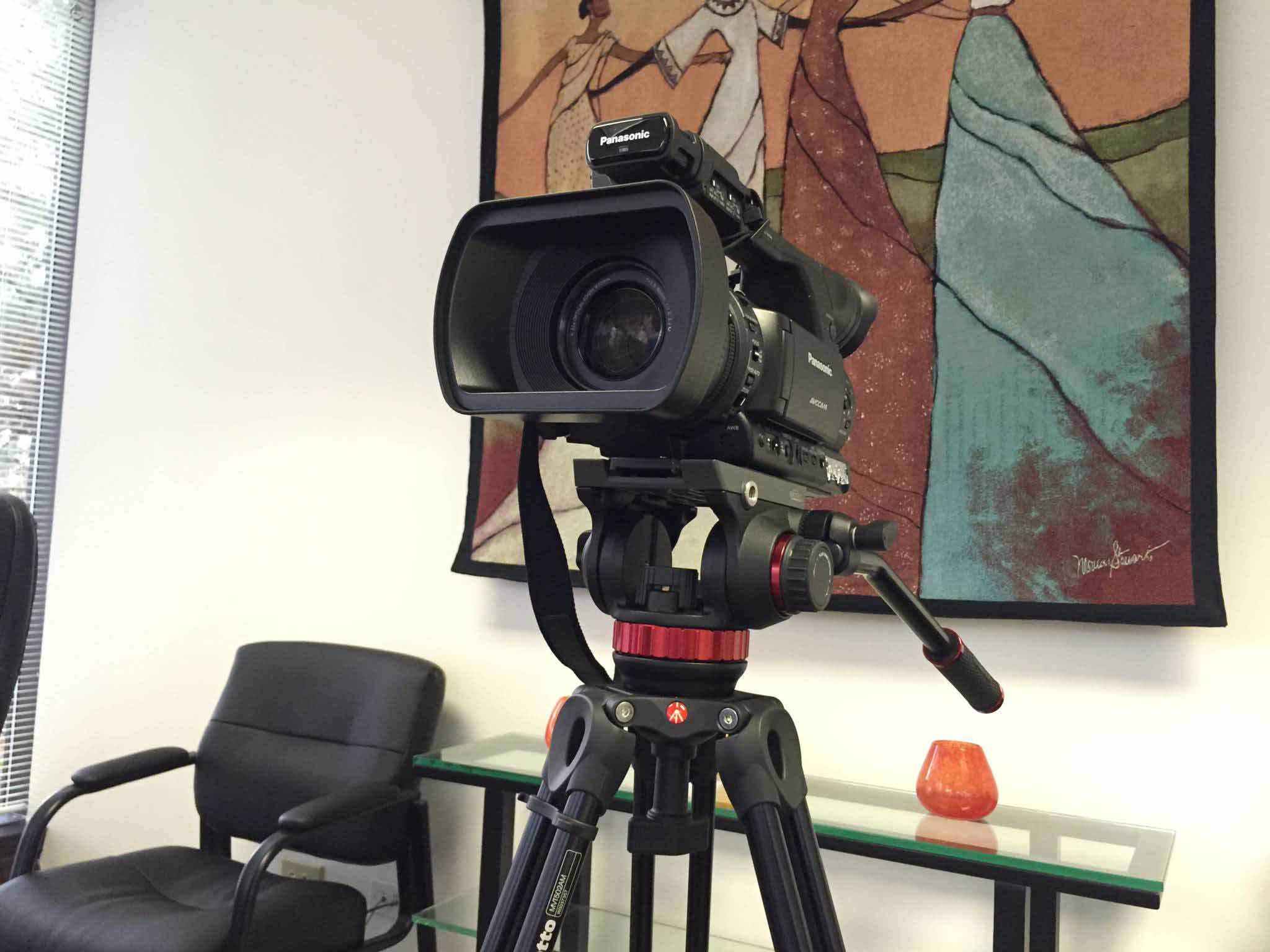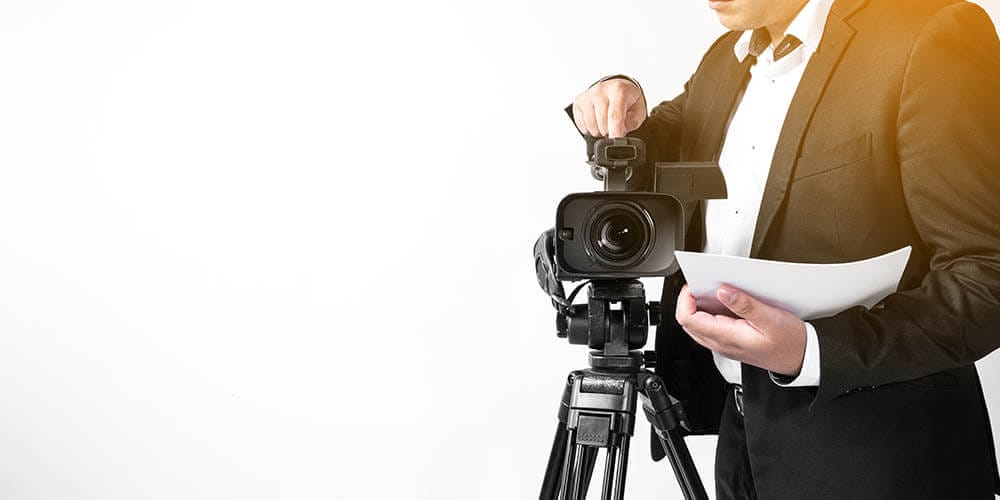The Intricacies of Legal Videography and Its Role in Capturing Crucial Facts for Evidential Purposes in the Legal Area
In the world of the legal area, the usage of videography has actually become a crucial tool for catching the ins and outs and subtleties that can make or damage a case. From documenting criminal activity scenes to videotaping witness testaments, legal videography plays a critical role in offering crucial information with unparalleled clarity and accuracy. However, beyond the surface degree of merely tape-recording events, there exists a labyrinth of intricacies and considerations that have to be browsed to ensure the admissibility and authenticity of video clip evidence. Comprehending the technical facets, lawful demands, and calculated implications of lawful videography is crucial for attorneys seeking to harness its complete potential in boosting their situations.
Advancement of Legal Videography
How has lawful videography progressed within the lawful area over the years? Lawful videography has undergone a considerable change, adapting to the technological developments and altering needs within the lawful occupation. At first, lawful videography was largely made use of for straightforward recordings of lawful proceedings and depositions. With the arrival of high-def electronic cameras, advanced editing and enhancing software application, and online platforms, the role of legal videographers has broadened to encompass a more comprehensive range of solutions.

Additionally, the surge of online process and remote depositions in recent times has additional thrust the development of legal videography, demanding videographers to adjust their skills to catch proceedings successfully in an electronic setting (Legal Videography). Generally, the advancement of legal videography has been marked by a change towards more innovative modern technology, enhanced expertise, and a wider scope of solutions to satisfy the developing needs of the lawful field
Relevance of High-Quality Footage
Top notch footage in legal videography is crucial for properly recording and offering aesthetic evidence in a specialist and credible manner. The quality and detail caught in high-grade footage can be vital in legal procedures, permitting for a precise evaluation of events, expressions, and details that might be crucial to an instance. Judges, courts, and attorneys count on visual evidence to understand intricate scenarios, and poor-quality video footage can bring about misinterpretations or uncertainties about the credibility of the proof provided.
Furthermore, high-quality video can improve the general presentation of proof, making it extra persuasive and engaging. This can inevitably strengthen the reliability of the legal team providing the proof and increase the possibility of a positive result for their customers.
Techniques for Effective Documents
To make certain complete and exact paperwork in lawful videography, utilizing reliable techniques is paramount in catching essential information and proof. One important technique is to meticulously plan the shots before filming. This includes understanding the instance ins and outs, identifying key people, and identifying the most vital facets to videotape. Furthermore, utilizing multiple camera angles can provide a thorough sight of the scene, helping in presenting a in-depth and clear account of events. It is crucial to maintain Get More Information a stable hand while shooting to prevent unsteady video that may endanger the high quality and professionalism of the video. Moreover, guaranteeing correct lighting is essential for capturing clear visuals and avoiding shadows that might cover vital information. Finally, maintaining a thorough log of all video footage, consisting of timestamps and summaries of the content, is vital for very easy recommendation and retrieval throughout lawful procedures. By implementing these strategies, lawful videographers can enhance the quality and integrity of their documents, ultimately enhancing the telltale value of their recordings.
Admissibility and Verification of Video Clip Proof
In the world of lawful videography where precise documents is essential, the admissibility and verification of video clip proof play a pivotal role in figuring out the trustworthiness and validity of recorded materials. Admissibility refers to the approval of video clip evidence in a law court, while verification ensures that the video presented is unchanged and real. For video proof to be acceptable, it has to please legal requirements such as importance, reliability, and credibility. The chain of custody, which records the handling of the video clip from taping to presentation in court, is vital for establishing credibility.
Techniques such as electronic trademarks, metadata analysis, timestamps, and professional testimony her latest blog can be utilized to authenticate video clip proof. Eventually, the admissibility and authentication of video clip evidence are crucial in maintaining the stability of lawful proceedings and making sure that justice is served based on reputable info.
Enhancing Legal Methods With Video Modern Technology

These repairs can assist clear up complex information, timelines, and spatial partnerships, aiding in the understanding of complex legal issues. Generally, the combination of video clip technology right into legal methods not just boosts the discussion of evidence however additionally strengthens the persuasiveness and reliability of legal disagreements.
Final Thought
To conclude, lawful videography plays a crucial function in recording essential details for indicative functions in the legal field. Via the advancement of modern technology and techniques for reliable documentation, high-grade footage can enhance lawful approaches and give important proof in court. Legal Videography. Making certain the admissibility and verification of video proof is key to making use of video modern technology efficiently in lawful procedures
Comprehending the technological elements, legal needs, and strategic implications of legal videography is necessary for lawful professionals seeking to harness its full Discover More possibility in bolstering their instances.
Legal videography was mostly utilized for easy recordings of lawful proceedings and depositions.Utilizing video clip modern technology in legal methods can dramatically bolster the performance of legal specialists in presenting evidence and disagreements in a influential and compelling way. Generally, the integration of video clip modern technology right into legal approaches not just enhances the presentation of evidence however also strengthens the persuasiveness and reputation of lawful disagreements.
In final thought, lawful videography plays a crucial function in capturing important information for indicatory purposes in the legal field.